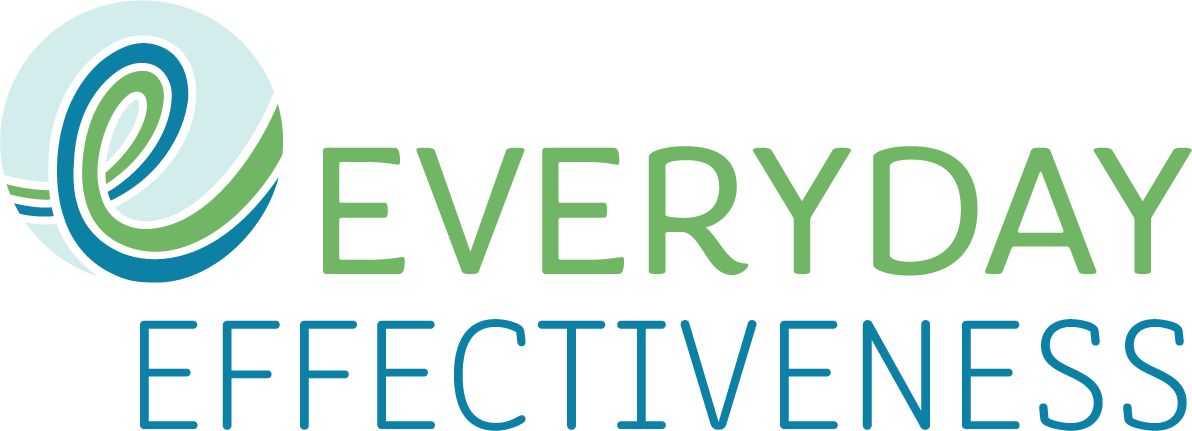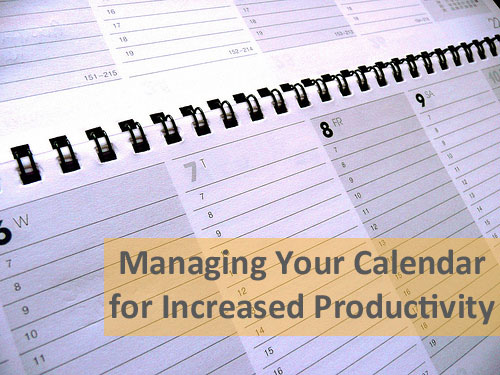For as long as I can remember, my productivity has been guided by two things: my task list and my calendar. However, these two items have rarely truly been managed in tandem.
I would set appointments with clients, for meetings or personal activities and then the time I had left was available for my task list. For some of my job positions (particularly some of my first jobs) this actually made sense. But as I moved up in management it probably was not so wise. And now as a solopreneur, it is even less so.
Chunking Time
Breaking your day into chunks of time to increase productivity is not a new concept. Even so, it is not as widely discussed as some other methods of time/task management. The basic concept is rather simple:
- Break your day into functional chunks of time (usually 30 – 120 minutes).
- Analyze your levels of focus and productivity for each chunk.
- Assign types of activities to each chunk of time in order to best utilize that time slot.
- Only do those activities until they are done or time is up (whichever comes first).
This type of chunking can be particularly helpful when you have lots of tasks to do and certain types seem to never quite make it to the top of the list. Even if they only get 30 minutes each week, it is probably more than they would get otherwise. The downside is this version might be too restrictive for some types of business ventures.
Another version of chunking time is to look at bigger chunks of time (1/2 day or full day) and assign larger groups of activities to each. For example, to minimize interruptions, appointments are only to be scheduled on Tuesday afternoons or Thursday mornings. Monday morning are for planning, strategizing and prepping for the week ahead and so on.
This version has more flexibility within the chunks of time, but still has enough structure to create a framework for productivity. Another upside is if you are working with other team members, either in-person or virtually, they also can have a reasonable idea of what to expect and how to work with you effectively. The challenge it can become easy for tasks to slip across boundaries or take longer than they should.
Scheduling Tasks
Another method for using your calendar to increase your productivity is to actually make an appointment with yourself. Most of us are pretty good at showing up at the designated time/place for a meeting with another person. The concept is to apply the same rigor to your most important tasks. For some, leaving the office and working in a remote location like a library or coffee shop helps in making the “meeting” happen.
For those who live via their calendar and appointment reminders, this can be a very effective methodology. The challenge is to hold firm on your own appointments. It can be easy to convince yourself to “reschedule” when something else comes up, but if you are not careful a single task appointment gets regularly rescheduled and never gets done.
Mash-up Methodology
Personally, I use the a mash-up of all the methodologies. Because my work requires that I travel a great deal with little free time when I am on the road I do not hold to a strict schedule.
However, because I am rarely on the road on Tuesdays, I have set aside that day for getting tasks done that require I be in my office. I have also learned that by keeping up with those tasks weekly, they can always be done in half a day (one chunk of time).
Slowly but surely, I am also learning to focus on certain activities (like responding to email) only at specific times during the day. This is still a work in progress, but my productivity is noticeably higher when I adhere closely to my schedule.
This leaves big chunks of time unscheduled, particularly when I am not traveling. What I am discovering to be most effective is to have a time chunking plan for weeks without travel and to be completely flexible when two or more work days of a week are not spent in the office.
The Reality
The reality is no system is perfect, but most of us will ultimately have a preference. We also all have the same number of hours in a day, how they are utilized is where the difference seen. When you realize that your tasks are ultimately part of your calendar, then it becomes so much easier to have them work together.


